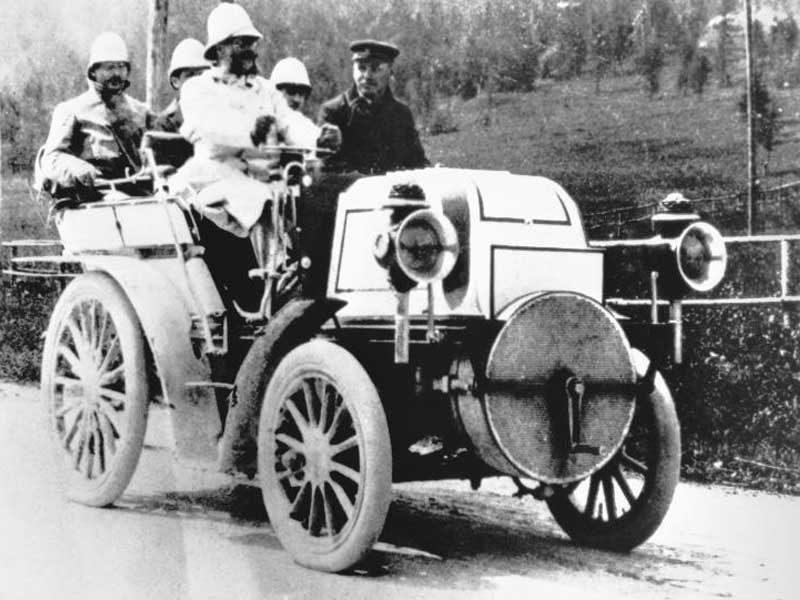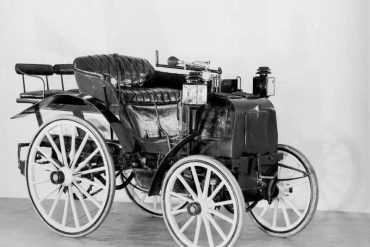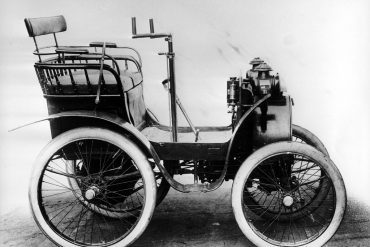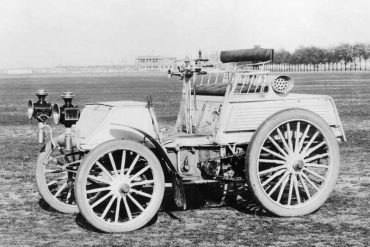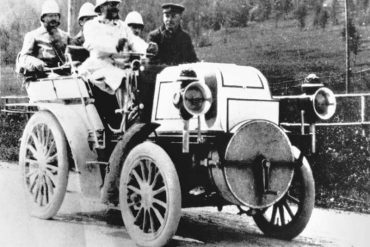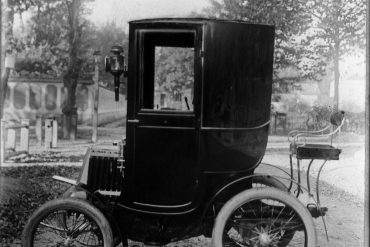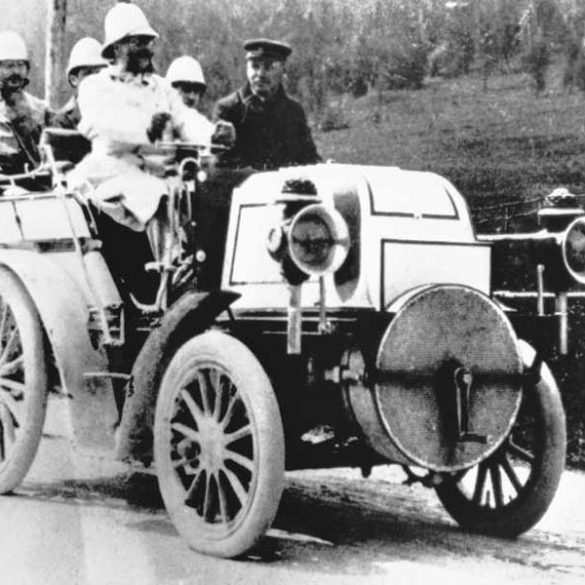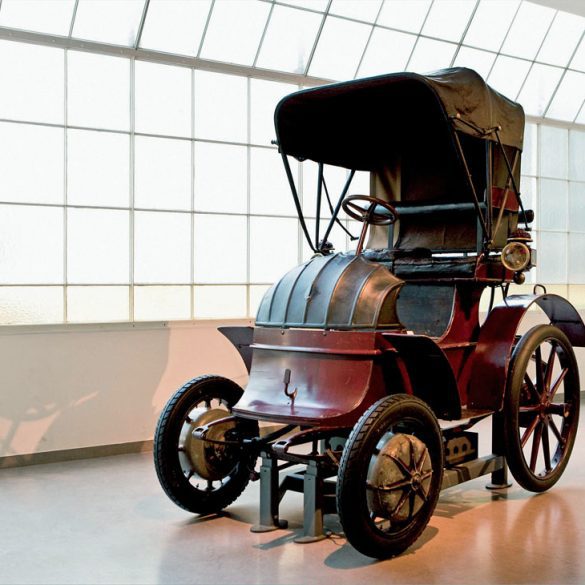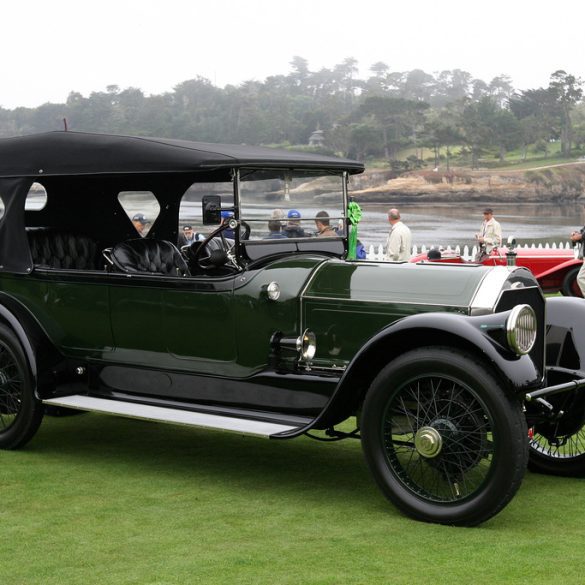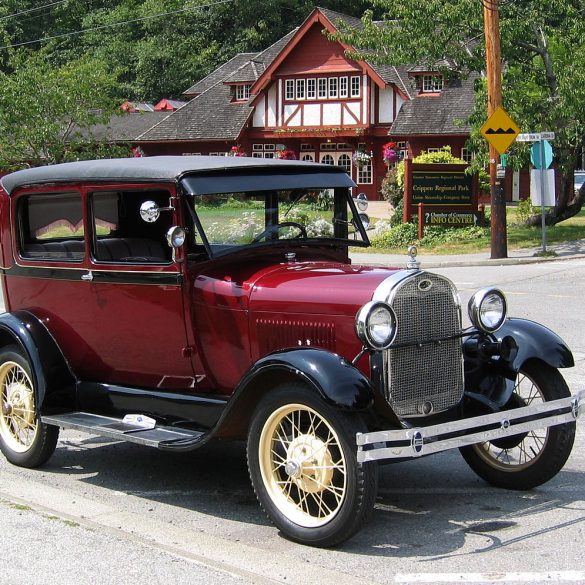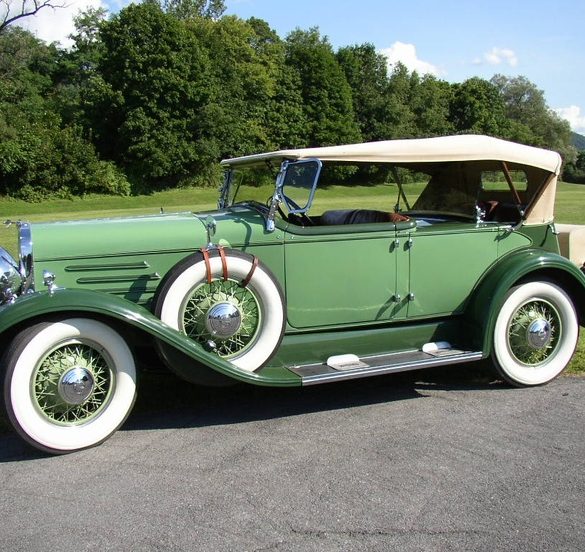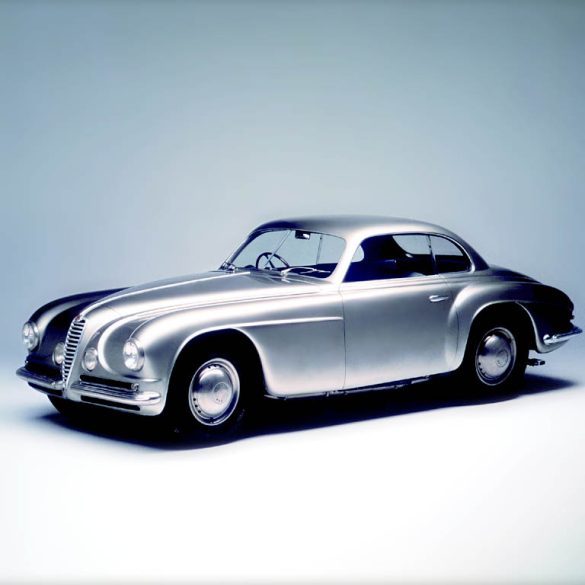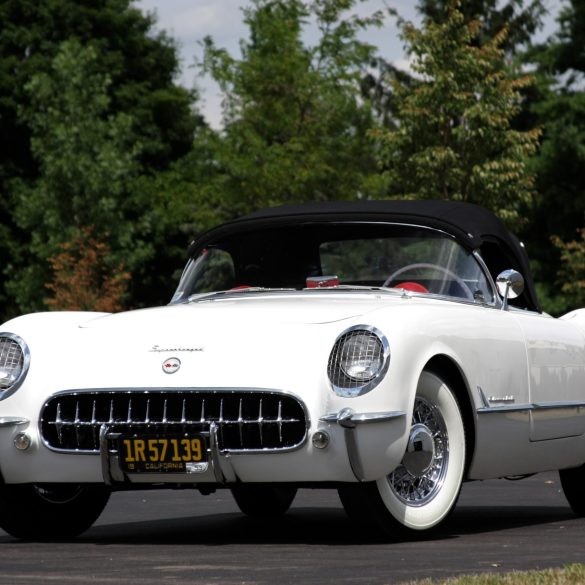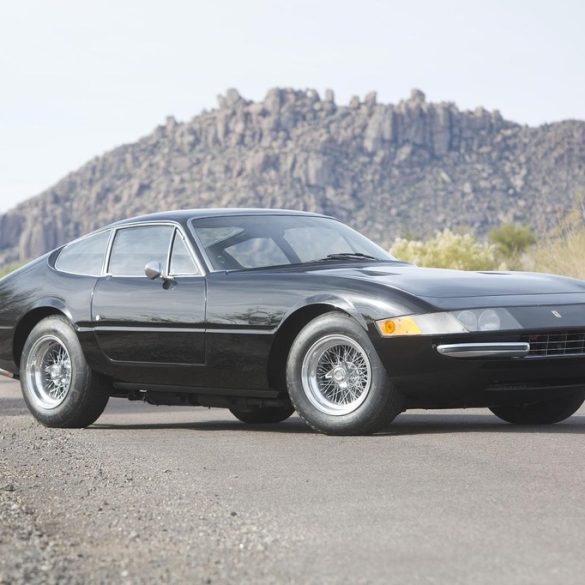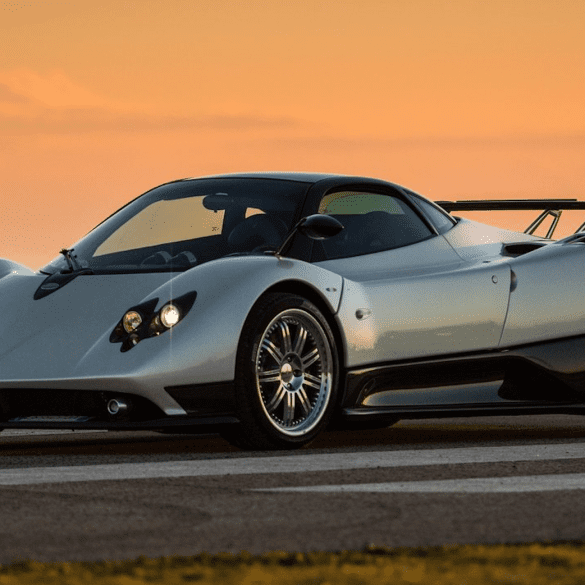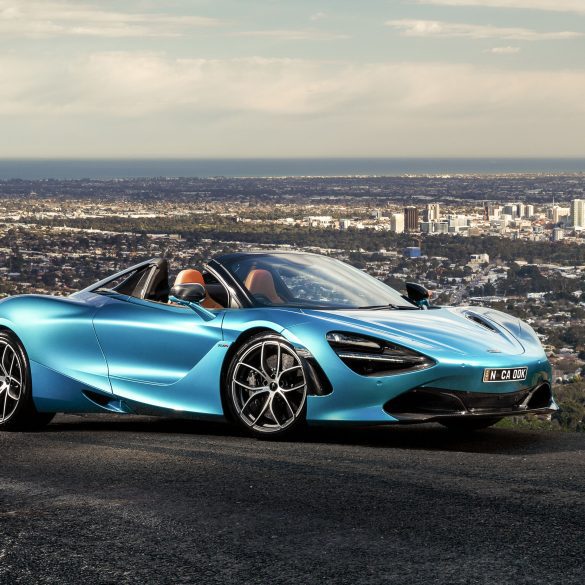The Early History of Cars: A Deep Dive into the 1890s
1890s Cars
The 1890s were a transformative decade in the history of the automobile, marking a period of experimentation, innovation, and the beginnings of a fledgling industry. While earlier attempts at self-propelled vehicles had been made throughout the 19th century, it was during this decade that cars began to take on a form and function that resemble what we recognize today.
The State of Transportation Before the 1890s
In the early 19th century, horse-drawn carriages and steam-powered vehicles were the primary means of personal and commercial transport. Steam-powered carriages, though innovative, were cumbersome and unreliable, limiting their widespread adoption. As industrial advances progressed and the internal combustion engine was developed, inventors saw an opportunity to create smaller, more practical vehicles.
The Advent of the Internal Combustion Engine
The invention of the internal combustion engine was a pivotal moment in automotive history. While Nikolaus Otto had developed the four-stroke engine in 1876, it was Karl Benz and Gottlieb Daimler who refined the concept and laid the groundwork for modern cars. Benz's Benz Patent-Motorwagen, introduced in 1885 and refined into the early 1890s, is widely considered the first true automobile powered by an internal combustion engine.
By the start of the 1890s, several inventors and entrepreneurs across Europe and America were actively experimenting with various forms of motorized vehicles, setting the stage for rapid development.
Key Innovations and Milestones in the 1890s
Karl Benz and the Benz Velo (1894) Karl Benz continued to improve his early designs, and by 1894, he introduced the Benz Velo, one of the world’s first mass-produced cars. The lightweight design, powered by a single-cylinder internal combustion engine, became popular in Germany and other parts of Europe.
Daimler and Maybach's Invention of the First Four-Wheeled Car (1890-1895) Gottlieb Daimler and Wilhelm Maybach played a crucial role in early automotive history. Their 1890 invention of a four-wheeled vehicle powered by a high-speed petrol engine became a prototype for future car designs. Their partnership eventually evolved into Daimler-Motoren-Gesellschaft (DMG), a precursor to the Mercedes-Benz brand.
The First Automobile Races The 1890s saw the rise of automobile racing, which became a popular way to test and showcase new automotive technologies. The Paris-Rouen race in 1894, organized by the French newspaper Le Petit Journal, is often considered the world’s first motor race. The race highlighted both steam- and gasoline-powered vehicles, with gasoline engines emerging as the dominant technology.
Panhard & Levassor: Standardizing the Modern Layout (1891) French manufacturers Émile Levassor and René Panhard made a significant impact on automotive design. In 1891, they built a car using Daimler’s engine but introduced a new configuration—placing the engine at the front of the vehicle and using a rear-wheel-drive layout. This design, now known as the “Panhard layout,” became the standard for nearly all modern cars.
The Duryea Brothers and the American Automobile Industry (1893) In the United States, Charles and Frank Duryea built one of America’s first successful gasoline-powered vehicles in 1893. By 1895, they founded the Duryea Motor Wagon Company, the first American company to manufacture automobiles. The Duryea’s entry into the Chicago Times-Herald race in 1895 further cemented their place in automotive history.
Michelin and the Detachable Pneumatic Tire (1895) In 1895, French brothers André and Édouard Michelin revolutionized automotive travel by developing the first detachable pneumatic tire. This innovation greatly improved ride comfort and vehicle performance, encouraging the expansion of automobiles beyond urban centers to rural roads.
Early Challenges in Automotive Development
While progress in the 1890s was swift, early cars faced numerous challenges. Roads were designed for horse-drawn carriages, making them unsuitable for early automobiles. Furthermore, gasoline engines were still in their infancy, meaning reliability and range were limited. Safety was also a major concern—early cars lacked brakes, reliable steering mechanisms, and adequate suspension systems.
Additionally, public perception was not entirely positive. Many viewed the noisy, smoke-belching machines as dangerous and unnecessary. Governments, too, were slow to adapt, with laws often favoring traditional forms of transport. For instance, in Britain, the infamous Red Flag Act required a man to walk in front of a motorized vehicle waving a red flag to warn pedestrians, significantly hindering automobile development until its repeal in 1896.
The Rise of the Automobile Industry
Despite these early challenges, the 1890s marked the dawn of the automobile industry. By the end of the decade, several companies in Europe and the United States had begun producing cars commercially, setting the stage for mass production in the early 20th century.
Peugeot emerged as a leading manufacturer in France, producing innovative designs and competing in early races.
Renault, founded in 1899 by Louis Renault and his brothers, quickly became a significant player in the burgeoning industry.
Oldsmobile in the United States began production in 1897, becoming one of the earliest American brands to achieve success.
Conclusion: The 1890s as the Foundation of Automotive Progress
The 1890s were a pivotal decade in the history of automobiles. From early prototypes and one-off experimental vehicles to the birth of commercial car manufacturing, this period laid the groundwork for the modern automobile industry. The innovations and breakthroughs of this decade not only brought the dream of personal motorized transport closer to reality but also inspired the rapid technological evolution that would define the 20th century. By the turn of the century, the automobile had gone from a curious novelty to a symbol of progress and modernity, setting the stage for mass production, global adoption, and the profound impact cars would have on society in the decades to come.


